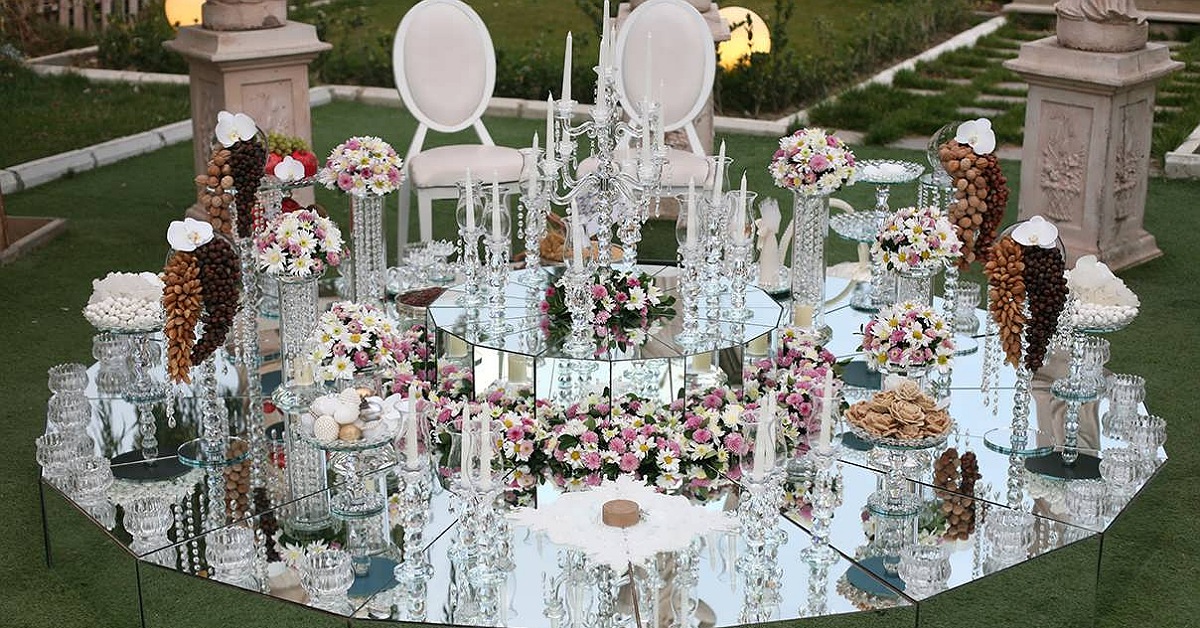
The Significance of Cultural Wedding Traditions
Beneath the flowers and pretty dresses, every wedding conceals a core of heritage speaking to couples today. In Melbourne, widely regarded as one of the most multicultural cities in the world, the integration of cultural heritage into weddings is more about embracing diversity and unity rather than a nod back.
Rituals and their Power
Take, for instance, the Sofreh Aghd of the Persians, an elaborately prepared and colorful display that holds many symbolic items together. Each single component, from the mirror and candelabras to decorated eggs and almonds, has deep meaning to represent aspects like light, fertility, and prosperity in their new life together. Inclusion of such rituals besides honouring ancestral heritage adds much depth and a layer of intimacy to the ceremony itself.
In Melbourne, these wedding traditions, stemming from cultural diversity, create a sight to behold and allow the guests a sneak peek into the wealthy history the bride and groom come from. Such embracing of traditions can make any ordinary wedding function into a deep seated celebration connecting present times with the past.
A Blend of Cultures
In modern multicultural weddings, it is not uncommon to have a stunning marriage of traditions. Imagine attending a wedding where the bride may incorporate the traditional Chinese tea ceremony—a humble offering of tea to elders for appreciation and acceptance into the family—followed by an Irish jig. These are not performances but deep statements of the couple’s heritage, making this a very inclusive experience.
Personalisation is Key
The beauty in modern weddings lies in their flexibility. Today, a couple can really pick and choose elements from around the world in general, finding what best fits their personalities. For example, a couple with no actual Irish heritage could still incorporate handfasting, a very ancient Celtic tradition, into their vow exchange to add some symbolism behind it.
Challenges and Considerations
Of course, incorporating elements of culture requires thought. It is all about finding a balance between tradition and personal preference to ensure that customs are represented with respect. A couple has to consider what each tradition means and may consult some cultural experts so as not to misrepresent any tradition.
Why It Matters
In Melbourne, which is a cosmopolitan city, weddings are much more than the celebration of two people uniting. It acts as that much-needed bridge between diverse cultural backgrounds for better understanding and appreciation among various communities. Each ceremony is a unique mixture of traditions, serving as a small-scale model for living in harmony and respect. These occasions allow families and friends from different ethnic backgrounds to come together and share in heritage, making new traditions. Such weddings not only bring variety into the special day of a couple but also into the community at large, teaching the community about inclusivity and acceptance. Events like these showcase the beauty of diversity and unity that is possible in an ever-shrinking world; every culturally influenced ceremony becomes a testament to shared human experiences in their strength and beauty.
Conclusion
The use of cultural tradition in the modern wedding ceremony is not so much about holding onto the past but really about making the experience of weddings today more inclusive and personal. This, for the bride and groom in Melbourne or any culturally savvy city, becomes an exciting process: thinking about how these long-ago traditions will add depth and beauty to their big day.
By embracing our differences, our histories define us, while we pay homage to our ancestors; thus, weaving a far richer tapestry of humanity. So here, while planning your wedding, think about how you can inject into it more cultural elements relevant to you and your partner. It’s more than a wedding; it’s about celebrating who you are and the diverse world we live in.
